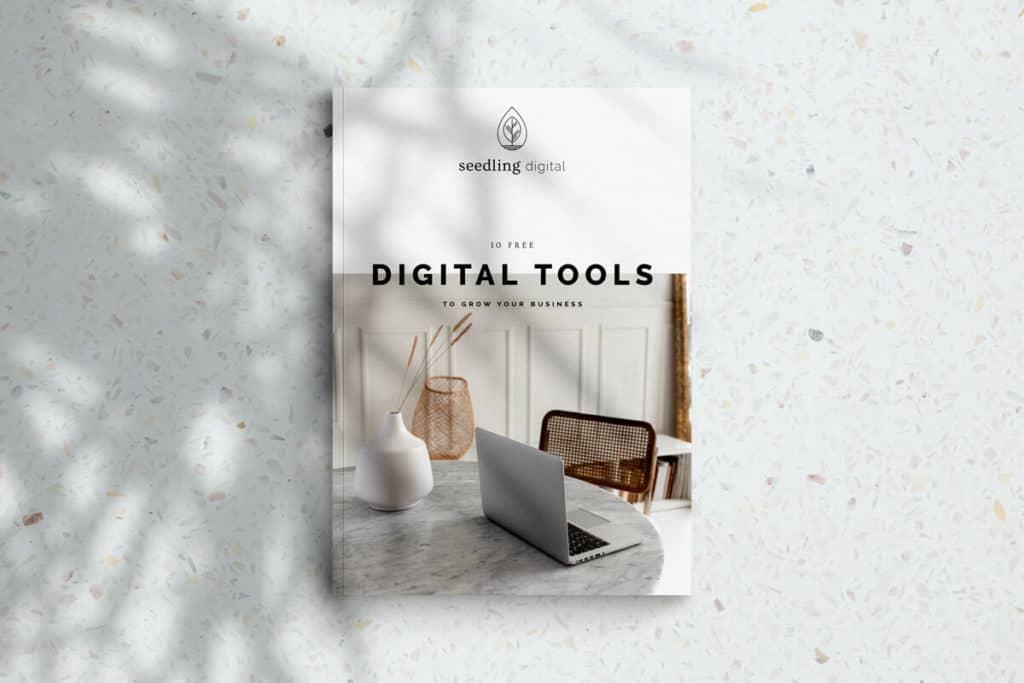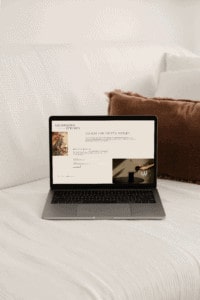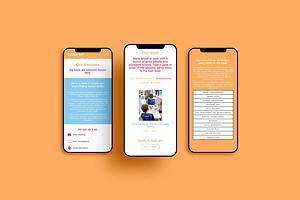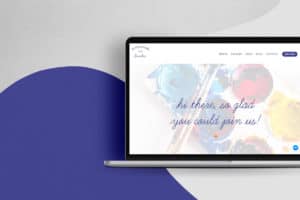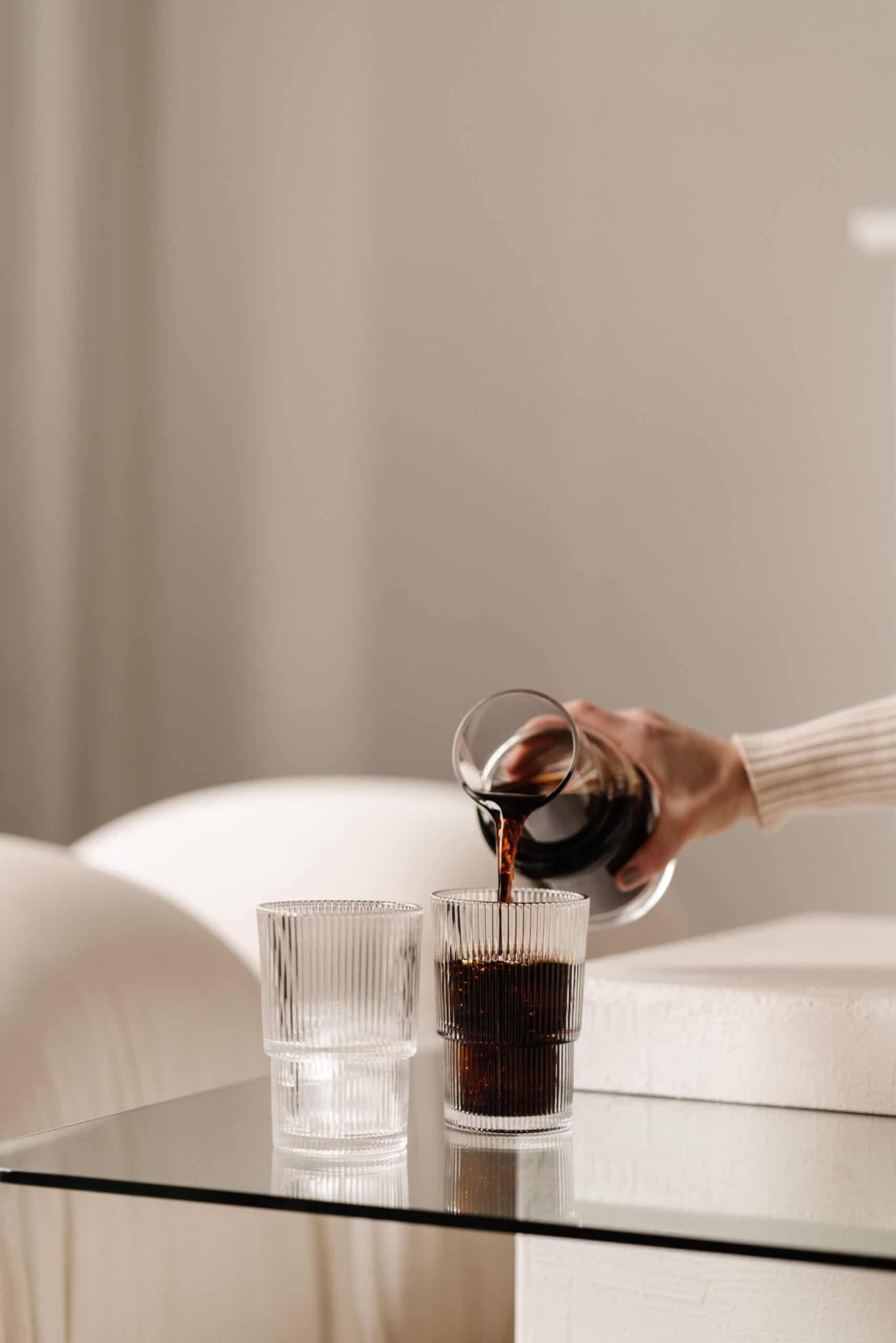It is critical for clients and web designers to understand their roles in making a web design project successful. In order for a website to be effective, the client and the web design expert must work together to ensure that the business is represented well on the web.
However, there is a delicate balance between the expertise of the developer and the wishes of the clients as ideas are discussed and decided upon. We’ve outlined the roles that the client and developer must play in order to maintain this balance.
Client’s roles
There are some basic expectations clients should follow when embarking on a web design project. This includes:
- Excellent communication
- Prompt payment
- Supplying content, branding, and photos
Additionally, following these best practices will help your projects go smoothly:
Trust your designer
You hired your web designer because you like their work. Try not to get too wrapped up in subjective design discussions. Trust the expertise of your designer.
Be willing to compromise
Be willing to compromise with your designer and take their advice. Most agencies will strive to provide the necessary information so that you can make an informed business decision.
State your expectations
Make sure that you clearly state your expectations at the start of the project. Your designer will know how to design, but they will probably not have a master’s in mind reading. Don’t forget to listen to their input on feasibility with an open mind.
Give timely feedback
When a designer gives you a timeline of how long the project should take, they are assuming that you will provide feedback within a reasonable amount of time. To keep the design process running smoothly, provide clear, organized feedback to your designer in a timely manner.
Don’t be obsessed with features
Always consider the main objective of your website and whether additional features will generate a return on your investment. Not all of the “good ideas” from others will improve your website.
Understand your role
Realize that the success of your project depends on you just as much as it does the web designer. Communication is a two-way street and the success of your website is a 50/50 mix. Also, remember, delegate creative work to creative professionals, and allow them to educate you along the way.
Designer’s roles
For every web design project, clients should expect to receive a standard set of deliverables from their developer including:
- Basic site set up
- Styling
- SEO focus
- User experience considerations
- Layout design
Designers should follow these best practices to ensure the client achieves their goals with the project.
Have a written agreement
Use the initial meeting with the client to get a clear understanding of their expectations. Make sure the client has a firm understanding of what they want and put it into the agreement.
The written agreement should clearly detail what the designer will provide the client and the deadlines for the project. The agreement should also include what the client will provide to make the project run smoothly.
Communicate clearly
It is the designer’s responsibility to educate and inform the client on design principles and what works well online in simple terms that the client can understand. It is their job to make sure the client understands the approach.
Be ready to compromise
Realize that designing a website will require compromise. Sometimes it is necessary to sacrifice certain design elements for business drivers, however an experienced web designer will incorporate these principles to work well together.
Choose your battles
The client is paying to create a high-quality, high performing website. Designers shouldn’t be afraid to stand their ground if client opinion begins to undermine that goal to their own disadvantage. However, designers should know when to back down and be ready to compromise or concede a point to help create their client’s vision.
What to expect from the design process
Each design project is unique, but there is a common process you can expect to follow:
1. Initial meeting
An important step at the beginning of a design project is having a face-to-face (or video conference, as the time may call for) meeting. This is crucial for establishing the designer-client relationship. Here you can discuss items such as business objectives, design objectives, target audience, and success criteria.
2. Inspiration
After the designer has been fully briefed from the initial meetings, it is time to suggest a design approach. In this step, the designer should pick a handful of existing websites that have elements that are appropriate for the project.
The designer will present these sites to the client and detail why they have been chosen. This will begin a discussion about the different approaches the design could take, and provide the client with relevant examples to respond to.
3. Mood boards
These discussions should lead to two or three directions the design could take. The designer can now create a series of mood boards that represent each design direction. The goal of these mood boards is to display elements that might be used in the final design, not resemble the actual design.
These mood boards can include typography, color, screen elements, and imagery. Mood boards are effective because they are quick to produce and focus on aesthetics, instead of content.
4. Wireframing
Mood boards are great for establishing the feel of a design, but a wireframe is needed to solve issues of layout, hierarchy, and content. A collection of simple, hand-drawn sketches should be enough for the client to understand how the design will look, although many designers will opt to create these digitally for a more accurate example.
5. Testing
With mood boards and wireframes completed, it is time to see how the target audience will react. You will still test the final design, but the earlier you test, the easier it is to make changes. Design testing can be used to resolve any remaining differences between the client and the designer. Once the users’ feedback on the mood boards and wireframes is received, it is now possible for the client to sign off on the preferred layout and aesthetic.
6. Design and iteration
The designer now has everything needed to produce a final design. More importantly, the client has a clear understanding of the design process and which elements will make up the final design. This ensures that the client does not receive any nasty surprises when the final design is presented.
Web design expertise you can trust
Establishing the look and feel of a website can be tough. There is a lot of work involved in creating a quality web design. If you’re a small business owner that needs help optimizing your website in order to accelerate your growth, Seedling Digital is here to help.
We specialize in web development, branding, and website maintenance care plans that give your business the nourishment it needs to grow. Contact us today and let’s bring your vision to life.
